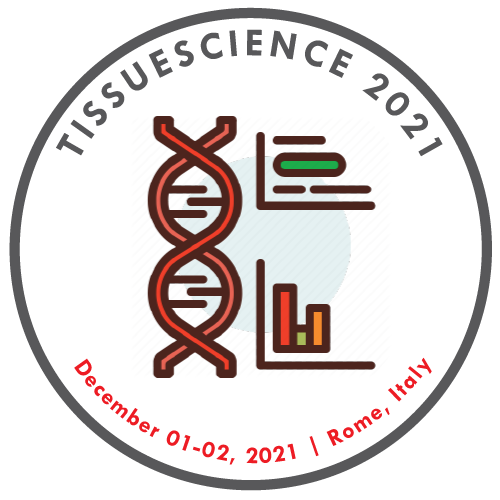
Roger R. Markwald
Professor
University of South Carolina
USA
Biography
Roger R. Markwald, Ph.D., MUSC Cell Biology and Anatomy Department chairman and professor, received the American Association of Anatomy’s highest scientific accolade on April 5 during its annual meeting in San Diego. The Henry Gray award was co-sponsored by the American Association of Anatomists and Lippincott Williams & Wilkins, which recognizes unique and meritorious contributions and achievements in the field of Anatomical Sciences by a distinguished AAA member.
Research Interest
My laboratory has pursued studies on the cell and molecular mechanisms of heart development that utilized in vivo dynamic labeling studies to demonstrate that heart development is progressive, irreversible and occurs by the addition of new segments including ones derived from extracardiac sources. Three dimensional culture assays were also developed that faithfully recapitulated in vivo morphogenetic processes which permitted identification of: (1) a novel heart forming field that gave origin to the outflow track at the arterial pole of the heart (, (2) specific growth factors of the TGFβ supergene as inducers of the outflow track and the transformation of specific populations of endothelial cells into multiple progenitor cells of internal partitions that divide the heart into right and left sides a and their respective valves and (3) specific matricellular proteins (periostin and CCN1,2) as ligands that activate integrin-linked, nodal intracellular kinase pathways in valvuloseptal progenitor cells that promote their differentiation into fibroblasts and regulate cytoskeletal changes that promote their remodeling into sculpted leaflets. Modifications of the culture system have also permitted the functional assessment of the viscoelastic properties of developing valves and the role of biomechanical signaling in cardiac cell and matrix differentiation.

